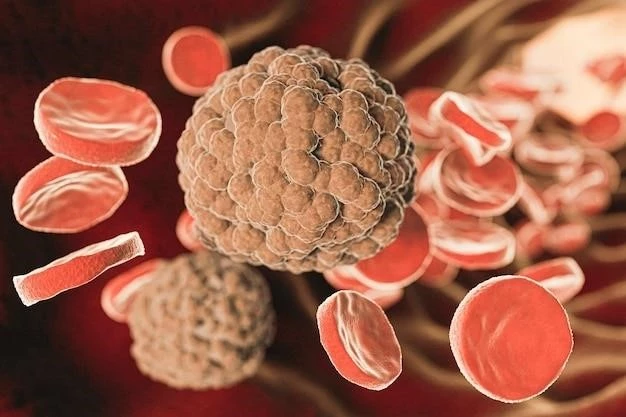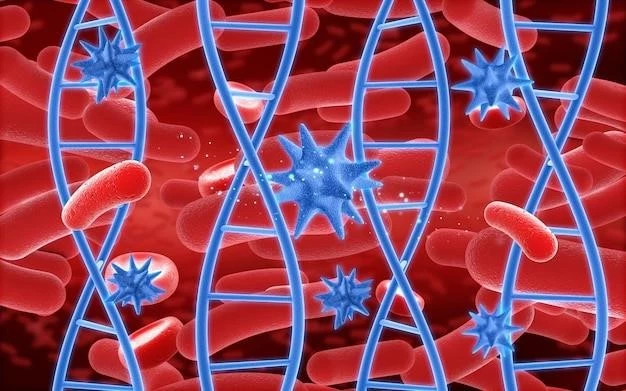Overview of Multiple Myeloma
Multiple myeloma is a cancer that affects plasma cells in the bone marrow. It often impacts various areas of the body, such as the spine, skull, pelvis, and ribs.
Multiple myeloma, a cancer of plasma cells, is characterized by the abnormal increase of monoclonal immunoglobulins, leading to specific end-organ damage. It often affects areas like the spine, skull, pelvis, and ribs.
Definition and Characteristics
Multiple myeloma, a rare blood cancer, affects plasma cells in the bone marrow, leading to bone, kidney, and blood problems. Learn about its unique characteristics and impact on the body.
Understanding the Role of DNA
Scientists have made progress in understanding how changes in DNA can lead to the development of multiple myeloma. DNA holds the instructions for cell activities, and alterations in these genetic codes can trigger the transformation of healthy plasma cells into cancerous ones.
Causes and Risk Factors
The exact cause of multiple myeloma is unknown, but changes in DNA can make plasma cells become cancerous. Risk factors include age, genetic factors, and exposure to certain chemicals.
Identifying Common Signs and Indicators
Common signs of multiple myeloma include bone pain, weakness, fatigue, frequent infections, anemia, kidney issues, and nerve damage. Recognizing these symptoms early is crucial for timely diagnosis and management.

Symptoms and Diagnosis
Common signs of multiple myeloma include bone pain, weakness, fatigue, frequent infections, anemia, kidney issues, and nerve damage. Early detection is key for effective management.
Exploring Various Treatment Options
Multiple myeloma treatment options include chemotherapy, immunomodulatory drugs, corticosteroids, targeted therapy, stem cell transplants, and radiation therapy. The choice of treatment depends on factors like the patient’s age, overall health, and disease stage.
Survival Rates and Prognosis
Around 85 out of every 100 individuals with multiple myeloma survive for a year or more after diagnosis. Learn about survival rates and outcomes for this cancer.
Factors Influencing Survival and Long-term Outlook
Factors affecting survival rates in multiple myeloma include age, overall health, disease stage, response to treatment, and genetics. Understanding these factors is crucial for predicting long-term outcomes and tailoring personalized treatment plans.
Impact on Patients and Families
When multiple myeloma affects a person, it not only impacts their physical health but also brings emotional and financial challenges for both the patients and their families. Accessing support resources and coping strategies is essential for navigating this journey together.
Support Resources and Coping Strategies
Living with Multiple Myeloma can be challenging for both patients and their families. Accessing support resources like counseling, support groups, and palliative care can help in coping with the emotional, physical, and financial impacts of the disease. Additionally, effective communication with healthcare providers and using relaxation techniques or mindfulness practices can contribute to better management of the condition.
Ongoing Research and Developments
Scientists continue to make strides in understanding multiple myeloma and developing innovative treatments; Stay updated on the latest advancements in research and therapies for this complex cancer.
Advancements in Multiple Myeloma Treatment
Ongoing research in multiple myeloma treatment focuses on innovative therapies like immunotherapies, targeted drugs, and CAR T-cell therapy. These advancements aim to improve outcomes and quality of life for patients with this complex disease.

Public Awareness and Advocacy
Efforts to improve awareness about multiple myeloma aim to enhance patient care, promote research, and provide support for individuals and families affected by this complex blood cancer.
Efforts to Raise Awareness and Improve Patient Care
To raise awareness about multiple myeloma, advocacy groups organize campaigns, support patients, and push for better research funding. Improved public knowledge helps in early detection and access to quality care, fostering better outcomes for individuals impacted by this challenging disease.
